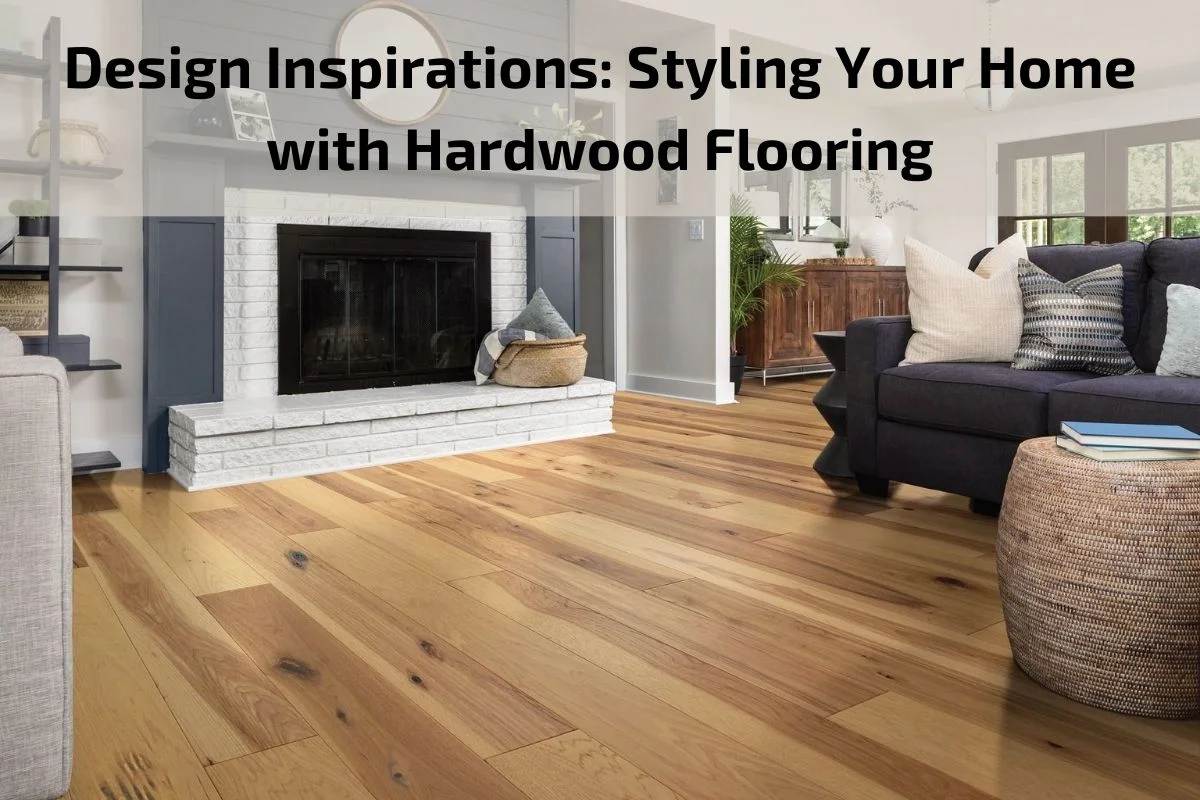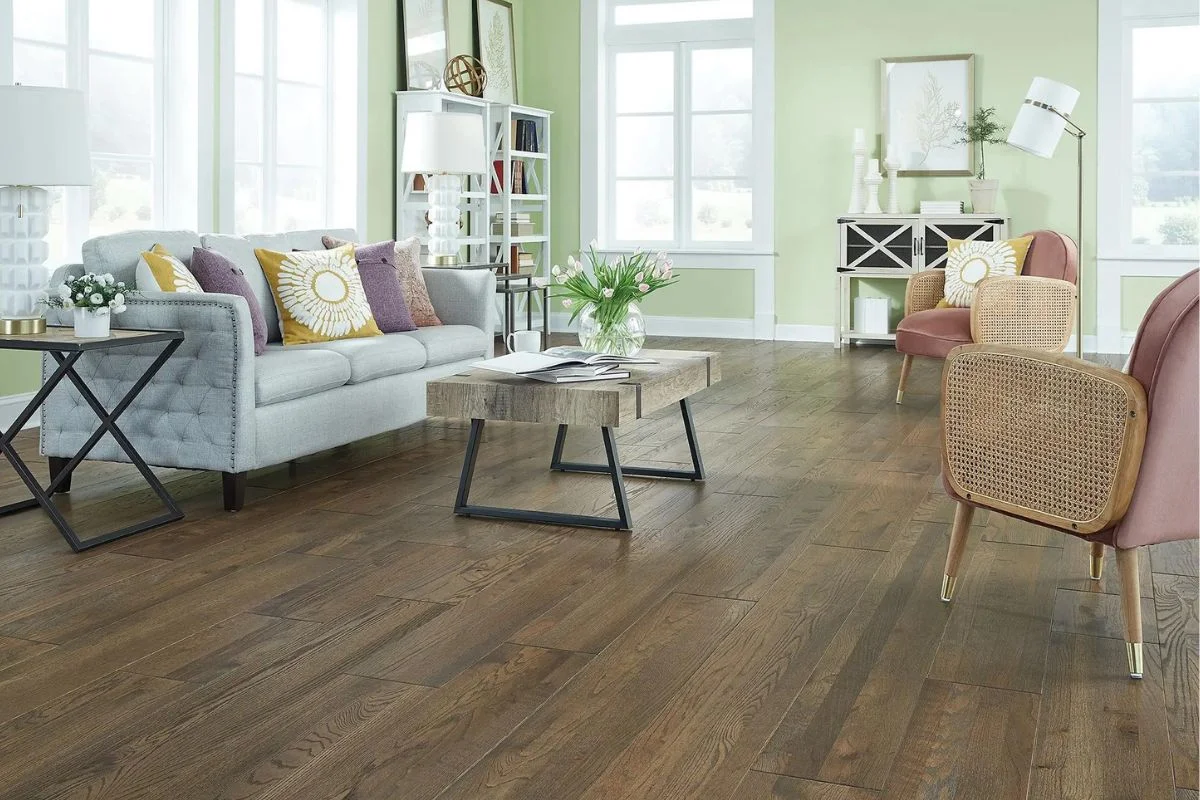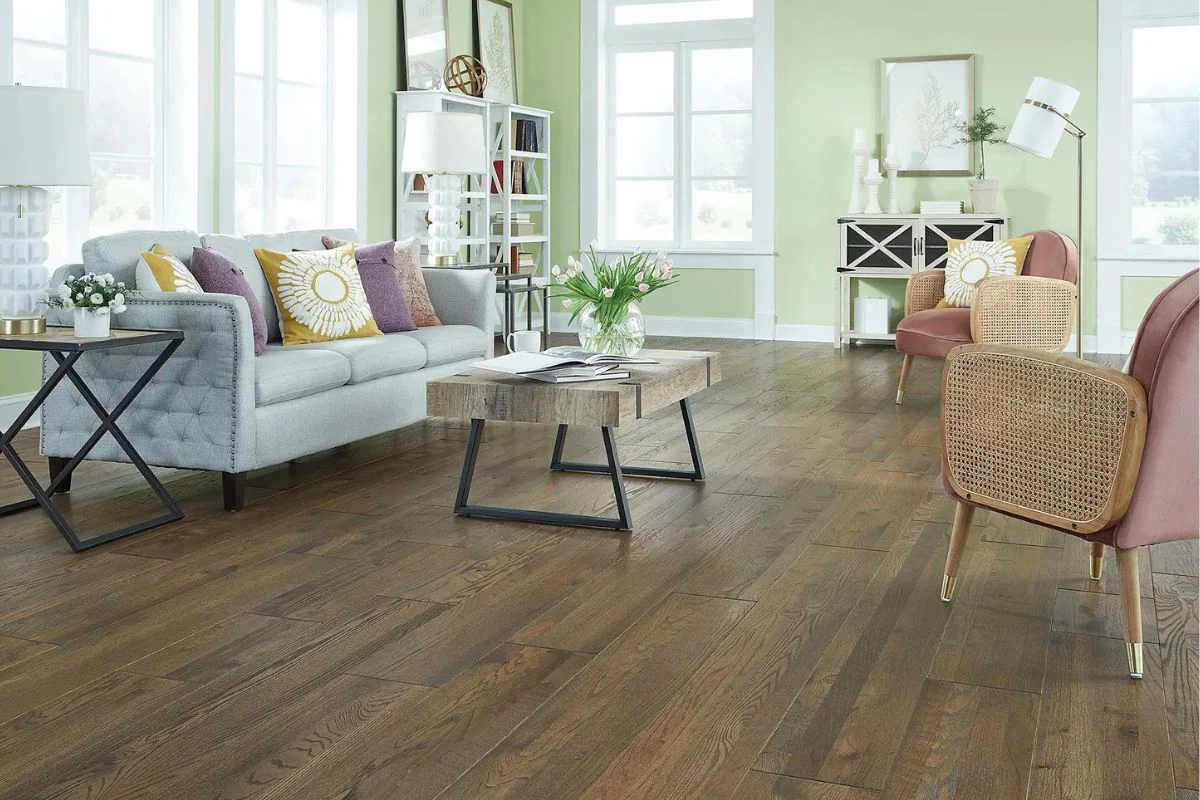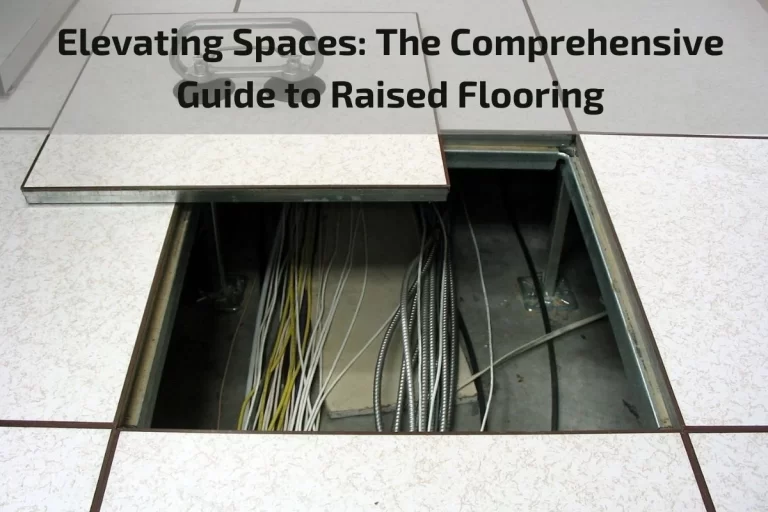Styling your home with hardwood flooring is a timeless endeavor that transcends trends and fads. Hardwood flooring exudes a classic elegance and natural warmth that can transform any space into a sanctuary of beauty and comfort. Whether you’re renovating your existing home or designing a new one, hardwood flooring offers endless possibilities for creating a space that reflects your personal style and enhances the ambiance of your living environment.
In this exploration of design inspirations, we delve into the art of styling your home with hardwood flooring. From traditional to contemporary, rustic to modern, hardwood flooring provides a versatile canvas upon which to build your interior design dreams. With its rich tones, distinctive grain patterns, and enduring durability, hardwood flooring offers a foundation of timeless beauty that complements any décor scheme.
Brief overview of hardwood flooring
Hardwood flooring is a classic and timeless choice for enhancing the beauty and value of residential and commercial spaces. It consists of solid wood planks or engineered wood products that are crafted to create durable and stylish flooring surfaces. Hardwood flooring is renowned for its natural warmth, elegance, and versatility, making it a preferred option for homeowners, designers, and architects alike.
Traditional hardwood flooring is crafted from solid wood planks that are milled from hardwood trees such as oak, maple, cherry, walnut, and hickory. These planks are carefully selected for their quality and aesthetics, showcasing distinctive grain patterns, knots, and color variations that add character to any room.
Engineered hardwood flooring is constructed from multiple layers of wood veneer bonded together with adhesives. The top layer is a thin slice of real hardwood, while the core layers are made of plywood or high-density fiberboard (HDF). Engineered hardwood offers increased stability and resistance to moisture, making it suitable for installation in areas where solid hardwood may not be ideal, such as basements or bathrooms.
Hardwood flooring comes in a variety of finishes, including smooth, hand-scraped, and distressed, offering options to suit diverse design preferences and architectural styles. It can be stained and sealed in a range of colors and sheens to enhance its natural beauty and complement any interior decor scheme.
Hardwood flooring offers numerous benefits, including durability, longevity, and the ability to increase the value of a property. It provides a warm and inviting atmosphere to any room while offering easy maintenance and repair options. With proper care and maintenance, hardwood flooring can last for generations, making it a sound investment in the long-term beauty and functionality of your home.
In summary, hardwood flooring remains a popular choice for homeowners and designers seeking timeless elegance and enduring quality in their living spaces. Whether you prefer the classic charm of oak or the contemporary appeal of maple, hardwood flooring offers unmatched versatility and sophistication that can transform any room into a showcase of natural beauty and style.
Importance of Hardwood Flooring in Home Design
Hardwood flooring plays a pivotal role in home design, offering a multitude of benefits that contribute to the overall aesthetic appeal, functionality, and value of a space. Here are some key reasons why hardwood flooring is highly regarded in home design:
Timeless Elegance: Hardwood flooring exudes timeless elegance and sophistication, adding a touch of luxury to any room. Its natural beauty and warmth create an inviting ambiance that enhances the overall aesthetic of a home, making it a desirable feature for homeowners and designers alike.
Versatility: Hardwood flooring comes in a variety of wood species, colors, finishes, and plank sizes, offering endless design possibilities to suit diverse aesthetic preferences and architectural styles. Whether you prefer the rustic charm of reclaimed oak or the modern allure of Brazilian cherry, hardwood flooring provides a versatile foundation for expressing your personal style and creativity.
Durability and Longevity: One of the most significant advantages of hardwood flooring is its durability and longevity. Hardwood floors are known for their ability to withstand heavy foot traffic, resist scratches, dents, and stains, and maintain their beauty for generations with proper care and maintenance. This durability makes hardwood flooring a sound investment in the long-term value of a home.
Increased Property Value: Hardwood flooring enhances the resale value and marketability of a home. Potential buyers are often willing to pay a premium for homes with hardwood floors, recognizing them as a premium feature that adds sophistication and elegance to the living space. Hardwood flooring can also help a home sell faster and attract more competitive offers in the real estate market.
Easy Maintenance: Hardwood flooring is relatively easy to maintain compared to other flooring materials. Routine sweeping, vacuuming, and occasional mopping are typically all that’s needed to keep hardwood floors looking beautiful and pristine. Additionally, hardwood floors can be refinished to restore their original luster and appearance, extending their lifespan and beauty for years to come.
Improved Indoor Air Quality: Unlike carpeting, which can trap dust, allergens, and pet dander, hardwood flooring promotes better indoor air quality by minimizing the accumulation of allergens and pollutants. This makes hardwood flooring an ideal choice for individuals with allergies or respiratory sensitivities, creating a healthier and more comfortable living environment.
Benefits of Hardwood Flooring
Hardwood flooring offers a myriad of advantages that make it a preferred choice for homeowners and designers alike. Here are some key benefits of hardwood flooring:
Timeless Elegance: Hardwood flooring exudes timeless elegance and sophistication, enhancing the aesthetic appeal of any room. Its natural beauty, warmth, and rich textures create a welcoming atmosphere that adds character and charm to interior spaces.
Durability and Longevity: Hardwood flooring is renowned for its durability and longevity. When properly maintained, hardwood floors can withstand heavy foot traffic, resist scratches, dents, and stains, and maintain their beauty for decades. With proper care and maintenance, hardwood flooring can last for generations, making it a sound investment in the long-term value of a home.
Versatility in Design: Hardwood flooring comes in a variety of wood species, colors, finishes, and plank sizes, offering endless design possibilities to suit diverse aesthetic preferences and architectural styles. Whether you prefer the classic warmth of oak, the rich hues of walnut, or the exotic allure of teak, hardwood flooring provides a versatile canvas for expressing your personal style and creativity.
Increased Property Value: Hardwood flooring enhances the resale value and marketability of a home. Potential buyers are often willing to pay a premium for homes with hardwood floors, recognizing them as a premium feature that adds sophistication and elegance to the living space. Hardwood flooring can also help a home sell faster and attract more competitive offers in the real estate market.
Easy Maintenance: Hardwood flooring is relatively easy to maintain compared to other flooring materials. Routine sweeping, vacuuming, and occasional mopping are typically all that’s needed to keep hardwood floors looking beautiful and pristine. Additionally, hardwood floors can be refinished to restore their original luster and appearance, extending their lifespan and beauty for years to come.
Improved Indoor Air Quality: Unlike carpeting, which can trap dust, allergens, and pet dander, hardwood flooring promotes better indoor air quality by minimizing the accumulation of allergens and pollutants. This makes hardwood flooring an ideal choice for individuals with allergies or respiratory sensitivities, creating a healthier and more comfortable living environment.
Types of Hardwood Flooring
Hardwood flooring comes in various types, each offering unique characteristics, aesthetics, and installation methods. Understanding the different types of hardwood flooring can help you choose the best option for your home. Here are some common types of hardwood flooring:
Solid Hardwood Flooring:
- Solid hardwood flooring is crafted from a single piece of wood and milled from hardwood trees such as oak, maple, cherry, and walnut.
- It offers timeless beauty, durability, and the ability to be sanded and refinished multiple times to restore its original appearance.
- Solid hardwood flooring is typically installed using a nail-down method and is best suited for rooms above ground level.
Engineered Hardwood Flooring:
- Engineered hardwood flooring consists of multiple layers of wood veneer bonded together with adhesives.
- The top layer is a thin slice of real hardwood, while the core layers are made of plywood or high-density fiberboard (HDF).
- Engineered hardwood offers increased stability and resistance to moisture, making it suitable for installation in basements, bathrooms, and areas with fluctuating humidity levels.
- It can be installed using a variety of methods, including nail-down, glue-down, or floating installations.
Exotic Hardwood Flooring:
- Exotic hardwood flooring features wood species sourced from tropical regions around the world, such as Brazilian cherry, teak, mahogany, and tigerwood.
- These exotic woods offer unique grain patterns, colors, and textures that add a touch of luxury and sophistication to any room.
- Exotic hardwood flooring is prized for its durability, hardness, and distinctive appearance, making it a premium choice for homeowners seeking a statement flooring option.
Reclaimed Hardwood Flooring:
- Reclaimed hardwood flooring is crafted from salvaged wood sourced from old barns, factories, and other structures.
- It offers a rustic, weathered appearance with unique character marks such as nail holes, knots, and saw marks.
- Reclaimed hardwood flooring is environmentally friendly and adds a sense of history and charm to any space, making it a popular choice for homeowners seeking sustainable and unique flooring options.
Choosing the Right Hardwood Flooring for Your Home
Selecting the perfect hardwood flooring for your home involves careful consideration of various factors, including your lifestyle, design preferences, and budget. Here are some key considerations to help you choose the right hardwood flooring:
Wood Species:
Consider the characteristics of different wood species, including color, grain pattern, hardness, and durability. Popular options include oak, maple, cherry, walnut, and hickory, each offering unique aesthetics and performance qualities.
Color and Finish:
Choose a hardwood flooring color and finish that complements your interior design style and decor scheme. Options range from light, natural tones to rich, dark hues, with finishes including matte, satin, and high-gloss sheens.
Plank Size and Width:
Determine the plank size and width that best suits your space and design preferences. Narrower planks can create a traditional, formal look, while wider planks offer a more contemporary, spacious appearance.
Solid vs. Engineered Hardwood:
Decide whether solid hardwood or engineered hardwood is the best option for your home. Solid hardwood offers timeless beauty and the ability to be sanded and refinished multiple times, while engineered hardwood offers increased stability and resistance to moisture, making it suitable for below-grade installations.
Installation Method:
Consider the installation method that best suits your needs and preferences. Solid hardwood can be nailed or stapled down, while engineered hardwood can be glued down, stapled, or installed as a floating floor. Consult with a professional installer to determine the best installation method for your specific flooring project.
Budget:
Set a budget for your hardwood flooring project and explore options within your price range. Consider factors such as wood species, plank size, finish, and installation method when determining the overall cost of your flooring project.
Lifestyle Considerations:
Take into account your lifestyle and household dynamics when selecting hardwood flooring. If you have pets or young children, choose a durable wood species and finish that can withstand daily wear and tear. Consider the level of foot traffic in each room and select a hardwood flooring option that can stand up to heavy use.
Environmental Impact:
Consider the environmental impact of your hardwood flooring choice. Look for wood flooring products that are sustainably sourced and certified by reputable organizations such as the Forest Stewardship Council (FSC). Choose finishes and adhesives that are low-VOC (volatile organic compound) to minimize indoor air pollution.
Maintaining and Caring for Hardwood Flooring
Proper maintenance and care are essential for preserving the beauty and longevity of your hardwood flooring. Here are some important tips to help you keep your hardwood floors looking their best:
Regular Cleaning:
- Sweep or vacuum your hardwood floors regularly to remove dirt, dust, and debris that can scratch the surface.
- Use a soft-bristle broom or a vacuum with a hardwood floor attachment to avoid scratching the finish.
- Avoid using steam mops or wet mops on hardwood floors, as excessive moisture can cause damage to the wood.
Use Gentle Cleaners:
- Use a pH-neutral hardwood floor cleaner recommended by the flooring manufacturer.
- Avoid using harsh chemicals, ammonia-based cleaners, or abrasive cleaners, as they can damage the finish and dull the appearance of your floors.
- Always follow the manufacturer’s instructions when using cleaning products on hardwood floors.
Wipe Up Spills Promptly:
- Wipe up spills and liquids immediately to prevent them from seeping into the wood and causing damage.
- Use a dry cloth or paper towel to blot up spills, then clean the area with a damp cloth if necessary.
Protect Against Scratches:
- Place felt pads or furniture coasters under heavy furniture legs to prevent scratches and dents on your hardwood floors.
- Use area rugs or mats in high-traffic areas and entryways to protect your floors from wear and tear.
- Avoid walking on hardwood floors with high heels or shoes with sharp edges that can scratch the surface.
Control Indoor Climate:
- Maintain consistent indoor humidity levels to prevent wood flooring from shrinking or expanding.
- Use a humidifier in dry climates and a dehumidifier in humid climates to keep moisture levels balanced.
- Avoid exposing wood flooring to extreme temperature changes or direct sunlight, as these can cause wood to warp, fade, or crack over time.
Trim Pet Nails:
- Keep your pets’ nails trimmed to prevent scratches and gouges on your hardwood floors.
- Place mats or rugs near pet feeding and water areas to catch spills and protect the floor.
Routine Maintenance:
- Inspect your hardwood flooring periodically for signs of damage, such as scratches, dents, or water stains.
- Address any issues promptly to prevent further damage.
- Consider refinishing your hardwood floors every few years to refresh the finish and restore their original luster. Consult with a professional flooring contractor for refinishing services
Conclusion
In conclusion, hardwood flooring stands as a timeless and versatile choice for enhancing the beauty, comfort, and value of any home. With its natural warmth, durability, and aesthetic appeal, hardwood flooring offers numerous benefits that make it a preferred option for homeowners and designers alike.
